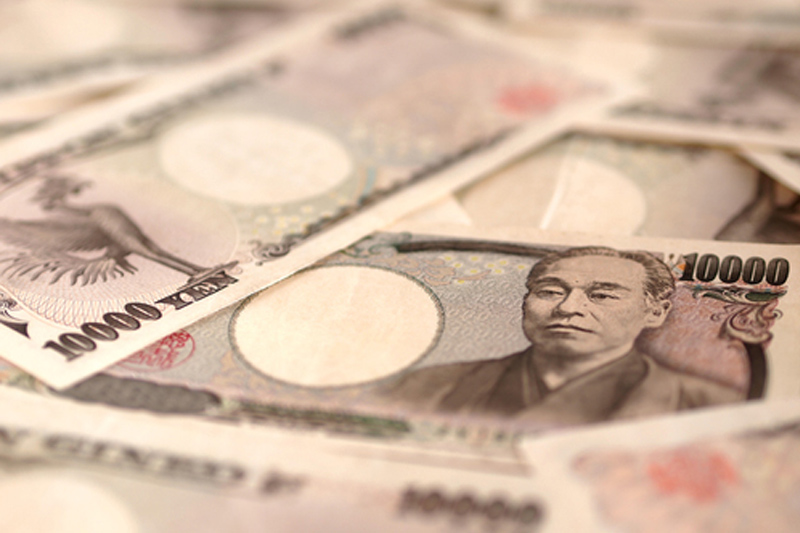Musk threatens Apple with legal action over App Store bias towards OpenAI
Investing.com-- Most Asian currencies held steady on Tuesday as investors remained cautious amid uncertainty over potential U.S. trade talks, while the yen strengthened after the Bank of Japan governor signaled openness to raising interest rates.
The US Dollar Index, which measures the greenback against a basket of major currencies, fell 0.1% in Asia hours, remaining near a one-month low.
US Dollar Index Futures were also trading 0.1% lower.
Yen gains as BOJ’s Ueda signals another rate hike
Bank of Japan Governor Kazuo Ueda said on Tuesday that the central bank was prepared to hike interest rates further if the Japanese economy continued to pick up.
This comes as data last week showed Japanese core consumer inflation rose to an over two-year high in April. A recent round of strong wage hikes is also expected to boost inflation.
The Japanese yen’s USD/JPY pair fell 0.5% on Tuesday.
However, investors were cautious amid U.S. trade policies and uncertainty over potential trade talks.
Recent media reports showed that Japanese ministers will arrive in Washington in early June for a fourth round of trade talks.
Asia FX subdued amid Trump trade uncertainty
President Trump on Sunday announced an extension of the deadline for imposing 50% tariffs on European Union imports, moving it from June 1 to July 9.
Uncertainty surrounding Trump’s trade policies kept investors cautious and also weighed on the dollar, echoing the market volatility seen during his previous unpredictable trade decisions.
Even with a weak greenback, most Asian currencies were subdued.
The Chinese yuan’s onshore USD/CNY and offshore USD/CNH pairs were both muted on Tuesday.
The Malaysian ringgit’s USD/MYR pair edged 0.1% lower, while the South Korean won’s USD/KRW pair was largely steady.
The Indian rupee’s USD/INR pair lost 0.2%. A Reuters report on Monday stated that India’s central bank is moving to internationalise the rupee by seeking approval to let domestic banks lend it to foreign borrowers for the first time.
Elsewhere, the Australian dollar’s AUD/USD pair fell 0.3%.
The Singapore dollar’s USD/SGD pair was largely muted.
